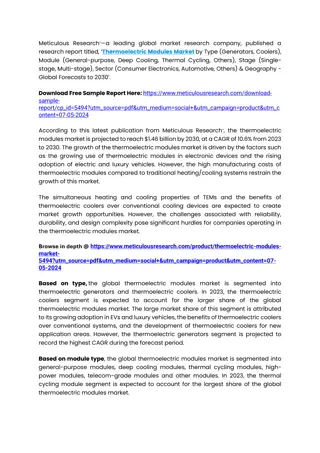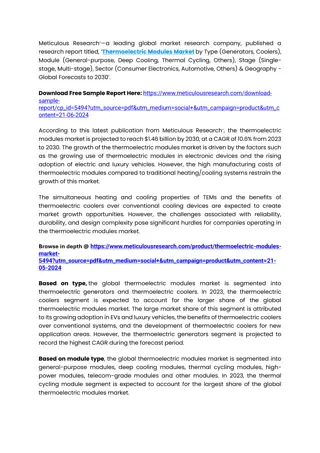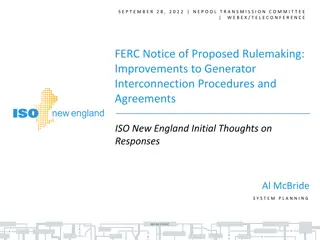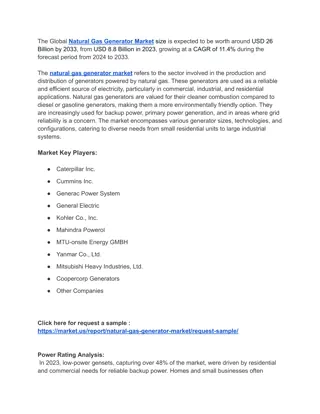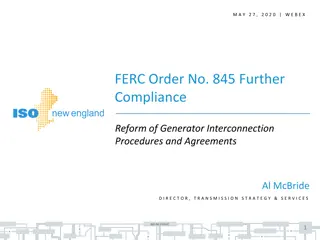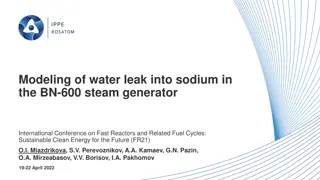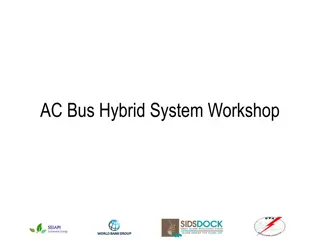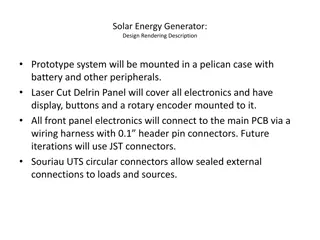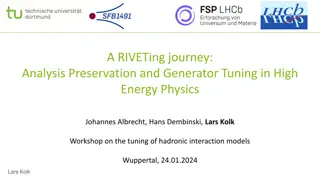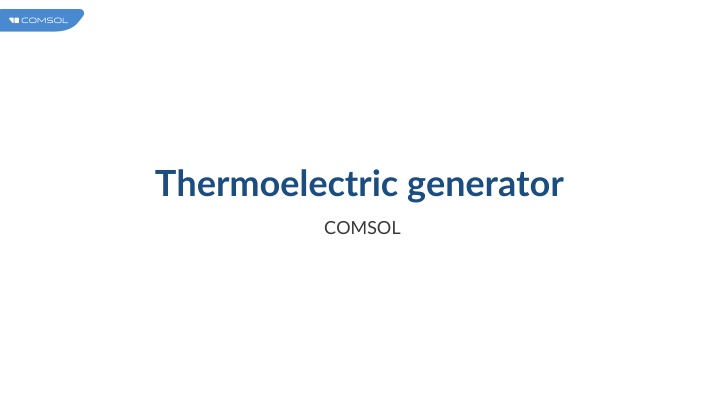
Understanding Thermoelectric Effect in Materials
Explore the fascinating thermoelectric effect in materials through the Seebeck and Peltier effects, demonstrated in a COMSOL model using Bismuth Antimony Telluride and copper contacts. Learn how temperature gradients lead to voltage differences and thermal gradients, impacting electricity generation and heating/cooling applications.
Download Presentation

Please find below an Image/Link to download the presentation.
The content on the website is provided AS IS for your information and personal use only. It may not be sold, licensed, or shared on other websites without obtaining consent from the author. If you encounter any issues during the download, it is possible that the publisher has removed the file from their server.
You are allowed to download the files provided on this website for personal or commercial use, subject to the condition that they are used lawfully. All files are the property of their respective owners.
The content on the website is provided AS IS for your information and personal use only. It may not be sold, licensed, or shared on other websites without obtaining consent from the author.
E N D
Presentation Transcript
Thermoelectric generator COMSOL
Introduction The thermoelectric effect across two different conductor or semiconductor materials works in two ways: The Seebeck effect - A difference in temperature across a material leads to the generation of a voltage difference along the temperature gradient. This is used as an electric generator or thermocouple to measure temperature. The Peltier effect - A potential difference across a material leads to the generation of a thermal gradient. This is used in heating and cooling.
Introduction This model demonstrates the Seebeck effect by calculating the potential difference across a thermoelectic element under a fixed temperature gradient[1]. [1] Multiphysics Simulation of Thermoelectric Systems - Modeling of Peltier-Cooling and Thermoelectric Generation, M. Jaegle, COMSOL Conference 2008 Hannover
Model Definition The model consists of a block of Bismuth Antimony Telluride (Bi0.5Sb0.5)2Te3 [Green] and two, thin copper contacts at the top and bottom [Blue]. The temperature applied to the element by top copper contact being set to 100 degC while the bottom contact is set to 0 degC. A Floating Potential is applied to the top copper contact and is used to calculate the resultant potential difference across the element using the Multiphyics - Thermoelectric Effect interface.
Material Properties The copper contacts are from the material library and assumed to have temperature invariant properties. The model relevent properties of the Bismuth Antimony Telluride are temperature dependent and obtained from ref [1]. The key material properties imported are the temperature- dependent Seebeck coefficient, thermal conductivity, and electrical conductivity. Seebeck Coefficient of Bismuth Telluride
Material Properties Thermal Conductivity of Bismuth Telluride
Material Properties Electrical Conductivity of Bismuth Telluride
Results Evaluating the floating potential produces a value of -22 mV. A close agreement to the results in ref [1]. Combination plot of the electric potential and the temperature along the element.




